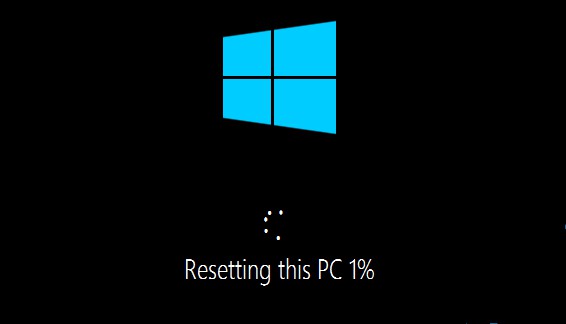
This option lets you have internet access while in Safe Mode, which is pretty handy if you need to download a driver or diagnostics tool. Once your computer restarts, select 5 to boot into Safe Mode with Networking.

Navigate to Troubleshoot > Advanced options > Startup Settings > Restart. Now, you’ll be greeted with a blue page known as winRE. Note: You may be able to circumvent the tedious process by pressing F11 multiple times before the Windows load process begins, but that shortcut doesn’t work on all devices.

It hasn’t gotten any easier in Windows 10. Starting with Windows 8, Microsoft decided to turn Safe Mode into an unnecessarily complex endeavor. Of course, you can’t be one hundred percent sure, but the odds are low. If your computer boots in Safe Mode, you probably don’t have hardware issues. It lets you boot your computer with only the most critical drivers and features. Windows Safe Mode is an advanced diagnostic tool that disables many non-critical components of your Windows. Therefore, you’ll have to systematically rule out different causes until you pinpoint and solve the problem. Unfortunately, there’s no single reason for this recurrent blue screen issue.

If you keep getting a blue screen on Windows 10 even after restarting your computer, your operating system has run into a critical issue that it can’t automatically resolve.Ĭorrupt settings in the boot sequence or Windows loader are a common cause.ĭriver conflicts, buggy programs, and hardware malfunctions are other frequent causes. Windows 10 Stuck On Blue Screen (Causes, Fixes) Things get scarier when the problem doesn’t go away after restarting your computer.

Windows 10 has made the page less scary, but your heart still skips a beat whenever you encounter that frown emoji. Also known as BSOD, this used to be a terrifying blue screen filled with white text that you couldn’t make sense of.


 0 kommentar(er)
0 kommentar(er)
